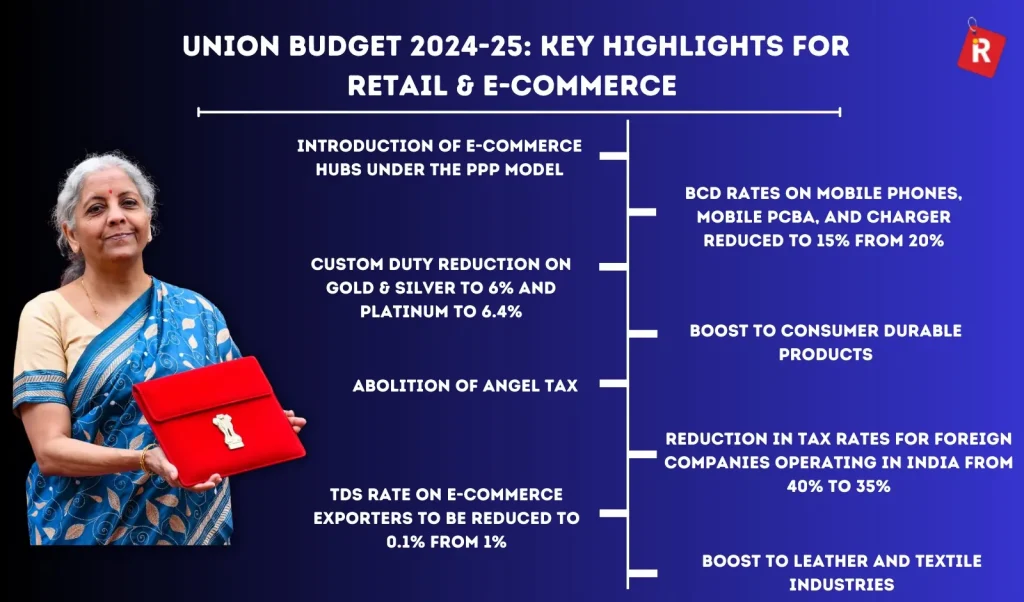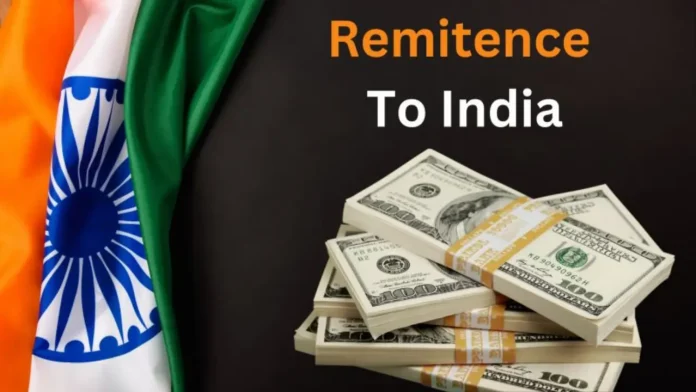India’s central bank, the RBI, is set to clamp down on overseas remittances. Blogs abroad will no longer be allowed to park funds in foreign currency time deposits or interest‑bearing accounts under the Liberalised Remittance Scheme (LRS), sources tell Reuters and Economic Times.

- This stems from a sharp spike in these deposits – from $51.6 million in Feb to $173.2 million in Mar, within the LRS framework .
- RBI calls it “passive wealth shifting” and is tightening rules to preserve forex reserves and control rupee convertibility .
- The changes are preventative, not banning foreign equity, mutual funds, or property investments—with final policy decisions still undergoing discussions.
Why Now? What’s Driving These Changes?
1. Passive Parking = Red Flag
The RBI fears that remittances are being used to quietly stash wealth abroad, rather than genuinely supporting education, travel, or investment.
That huge uptick in time deposits in March triggered alarm bells—prompting corrective action.
2. Forex Reserves & Currency Stability
India guards its foreign exchange reserves carefully. If too much capital leaks out—and stays abroad—it puts pressure on the rupee and limits macroeconomic leeway.
3. Calibrated Capital Account Convertibility
While India supports remittances and legitimate foreign investment, it’s cautious about full capital freedom—especially when financial tools are used to evade domestic policy controls.
How LRS Works (So You Know the Boundaries)
- Under Liberalised Remittance Scheme, resident Indians can send up to US $250,000/year for purposes like education, medical, travel, or investments.
- Previously, some used this to fund time deposits or savings abroad—earning interest without investing in stocks or property.
- The RBI now says: “Hold on—not for passive deposits!” The new rule aims to specifically block lock-in foreign currency deposits—even via alternate names.
So Who Is Impacted?
A. Resident Indians Using LRS
- Those parking funds in foreign time deposits will be effectively cut off from doing so under LRS.
- Investments in equities, mutual funds, real estate, education, medical travel remain legal.
B. Fintech / Private Bank Users
- With remittance ease, some clients are moving money offshore for yield; that party’s over.
C. Overseas Savers
- If you currently hold foreign currency time deposits funded via remittance—be aware, that method will be shuttered.
Unclear: Will this affect gift remittances, student remittances, or repatriation of foreign income? We’ll likely learn via updated RBI guidelines soon.
Timeline & Process: What’s Next?
- Policy still under discussion; RBI and Finance Ministry have not officially announced it yet.
- This is a preventative strategy, not a reaction to existing crisis—and there’s no immediate cutoff date mentioned.
- RBI is reviewing LRS’s legal framework alongside its annual policy, with an eye toward simplification—and this is part of that overhaul.
Investor & Public Reaction: What to Expect
1. Market Impact
- Likely limited, since foreign direct investments continue unabated.
- Pressure on rupee reduced if FX doesn’t flow outward passively.
2. NRI Response
- Some NRIs leverage LRS for time deposits; that door is closing.
- More will channel funds through offshore direct investments by planned channels.
3. Fintech & Banks
- May pivot to promote global investments, SWF funds, or alternative remittance models.
- Customer advisories expected from private banks and fintech.
4. Public Clarity
- RBI and Finance might publish Q&A/enriched LRS guidelines to clarify who can–and who can’t.
What Remains Unchanged
| Permitted Under LRS | Still Allowed? |
|---|---|
| Overseas education, travel, medical treatment | ✅ |
| Investment in foreign equities and mutual funds | ✅ |
| Real estate purchases abroad | ✅ |
| Gifting to foreign relatives, family remittances | ✅ |
| Borrowing/lending in foreign currency | ❌ (limited) |
| Time deposit/interest-bearing overseas accounts | ❌ |
FAQs You’re Probably Googling
Q1: I hold a foreign FD created via LRS last year—do I need to close it?
A1: Not immediately. The ban is preventive—likely affecting fresh deposits. Watch RBI updates.
Q2: Can I still invest in a US FD if it’s shorter-term or no lock-in?
A2: RBI’s focus is on interest-bearing time deposits. Short-term/zero-locked FD may still raise flags—wait for final rules.
Q3: Will I be penalized if I already have overseas deposits?
A3: RBI hasn’t said. If you continue earning interest on existing deposits, track rules under FEMA and consult your banker.
Q4: Does this curb NRI remittances?
A4: No. Non-resident Indians (people living abroad) sending money to India aren’t under LRS—your remittances inbound remain unaffected.
Q5: Does this restrict foreign stock investment?
A5: No. Equity investments are explicitly exempted from the new restrictions.
For the Broader Indian Economy
- India is the world’s top recipient of remittances (> $125 bn in 2023)
- Outflows by residents are monitored closely—as too much outward flow can deplete reserves and weaken rupee.
India’s policy remains balanced: encouraging intentional foreign investment or spending, but not covert wealth parking abroad.
- If you plan to open a time deposit offshore via LRS—wait for clarity.
- Prefer stock or mutual fund investment—still active under LRS.
- Monitor RBI’s public notification—especially if you manage forex positions.
- Discuss with your banker or financial advisor before initiating large remittances.

The RBI is not banning remittances, but it wants to ensure remitted funds serve their stated purpose, not silently sit in foreign FDs. It’s about smart capital flow management, protecting forex reserves, and curbing systemic risk—with a touch of lightheartedness.
So if you were saving up for your overseas piggy bank—maybe direct it toward education, investment, or actual purpose this time.


